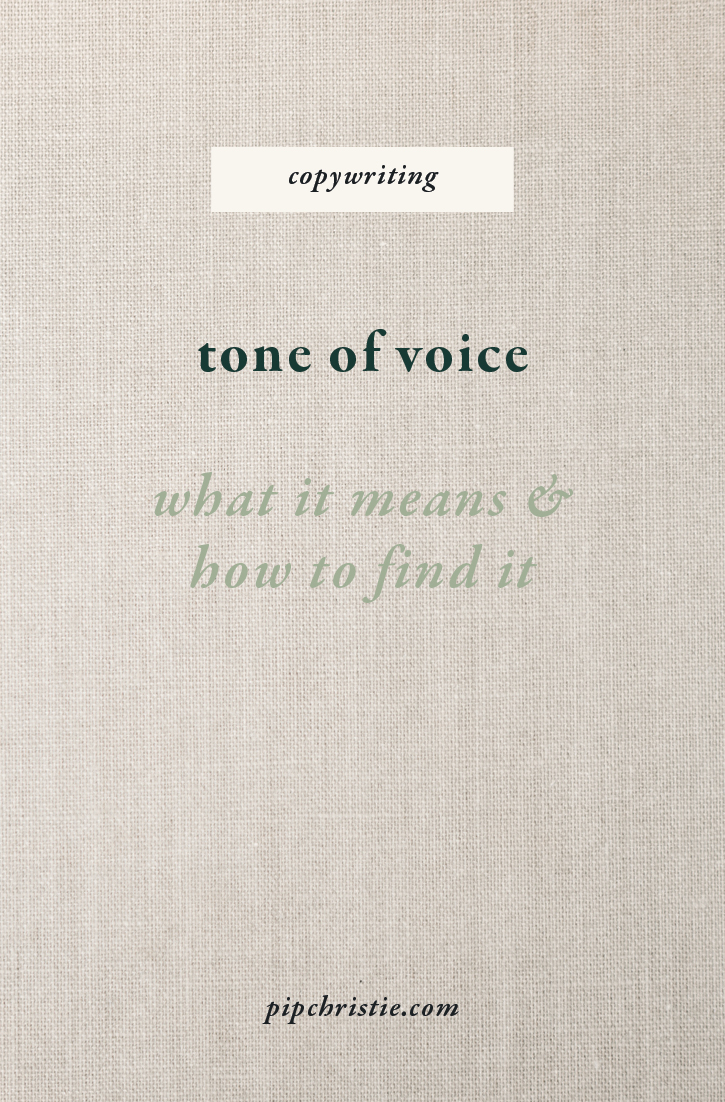Finding a Purposeful Tone of Voice: How to Connect With Your Customers
Ever received a text message from a friend, only to feel like they’re acting “off” or being short with you? It’s happened to all of us. Why does it happen? It all comes down to tone of voice.
When you’re talking to someone in person, you have access to so much more information beyond the simple words that they’re using. You can see the emotions on their face, hear the tone in their voice, interpret hand gestures, read body language and even make eye contact (although if you’re a Londoner on the tube, you’re probably avoiding that last one…).
But when you’re just reading words in their written form, that’s all you’ve got. The words. So, we need to use tone of voice to help your audience and customers understand the intention behind your message.
Here’s how to find your brand’s voice.

Tone of voice definition
Your brand’s tone of voice is how you make others feel. It summarises your brand personality, encompassing your quirks and nuances so that you can stand out in a noisy market of messages that all sound the same. A purposeful tone of voice will help your customers connect with you and, more importantly, remember you.
Examples of tone of voice
Your tone of voice will usually be described using adjectives and personality traits. It will cover how you want people to feel when they’re consuming content from your brand, so that this same feeling flows through into how your customers might feel when consuming your product. The two should link together, so that you’re attracting the right type of people who will resonate with your work.
Your brand might be:
- Authoritative
- Bold
- Calm
- Casual
- Challenging
- Chatty
- Constructive
- Formal
- Frank
- Friendly
- Personable
- Soothing
- Soulful
- Supportive
- Unconventional
- Warm
- Welcoming
- And so many more!
If you’re looking for examples of popular brands using personality-driven copywriting in their marketing, you can find those here.
Exercise: take some time to analyse three of your favourite brands. Try to identify their tone of voice. What’s their messaging style? How do you feel when consuming their content? How does this feeling link up with their product?
How to find your tone of voice
Look at what will resonate with your customers
When you’re building a new tone of voice for your small business, one thing is absolutely essential. It needs to resonate with your ideal customers. This means having a clear understanding of who you’re trying to reach and what will connect with them.
If you’re creating products for artists, makers and creatives, a formal more corporate sounding voice simply isn’t going to resonate. In the same vein, a soulful and unconventional tone of voice isn’t likely to go down well with a mainstream audience.
Ask yourself what sort of communication your audience is looking for, and what they’re going to need to feel before they’re able to buy from you.
Consider what impact you want your brand to have
Are you trying to challenge a long-established market? Is your brand doing something totally different to everyone else? If so, we’re going to want to make sure that this comes through in your tone of voice.
This is where I find it’s really helpful to look at what your competitors are doing (in fact, this an exercise I take all my clients through when working on brand messaging guides together). What are your competitors’ strengths? What are their weaknesses? Is there a gap that you can step into, and shine?
Listen to your audience
If you’re finding the review mining exercise a little tricky, you can tune into your audience’s messages elsewhere. Although this sounds a bit like a wiretapping exercise, I promise you – it isn’t!
Look at social media comments from your audience on your own profile, and others. Read through feedback from customer surveys. Save the replies to your newsletter and emails. Just like with the review mining, tune into the language and tone that your customers are using, and incorporate that into your brand.
As with most things, finding your brand’s tone of voice is going to be an iterative process. Feel free to play around with it and experiment. Try out doing things a little bit differently (these copywriting tools might help you with that).
I promise you, it’s worth all the testing and tweaking when your brand has a cohesive tone of voice. How do you know you’ve gotten there? When your audience reads a message and they just know it’s from you without needing to look at the name.
Write your website copy like a pro copywriter (without the pro price tag)
Introducing... the about page roadmap.
You’ll get access to the same copywriting framework I use with my small business clients. So you can have an about page that feels 100% you.



